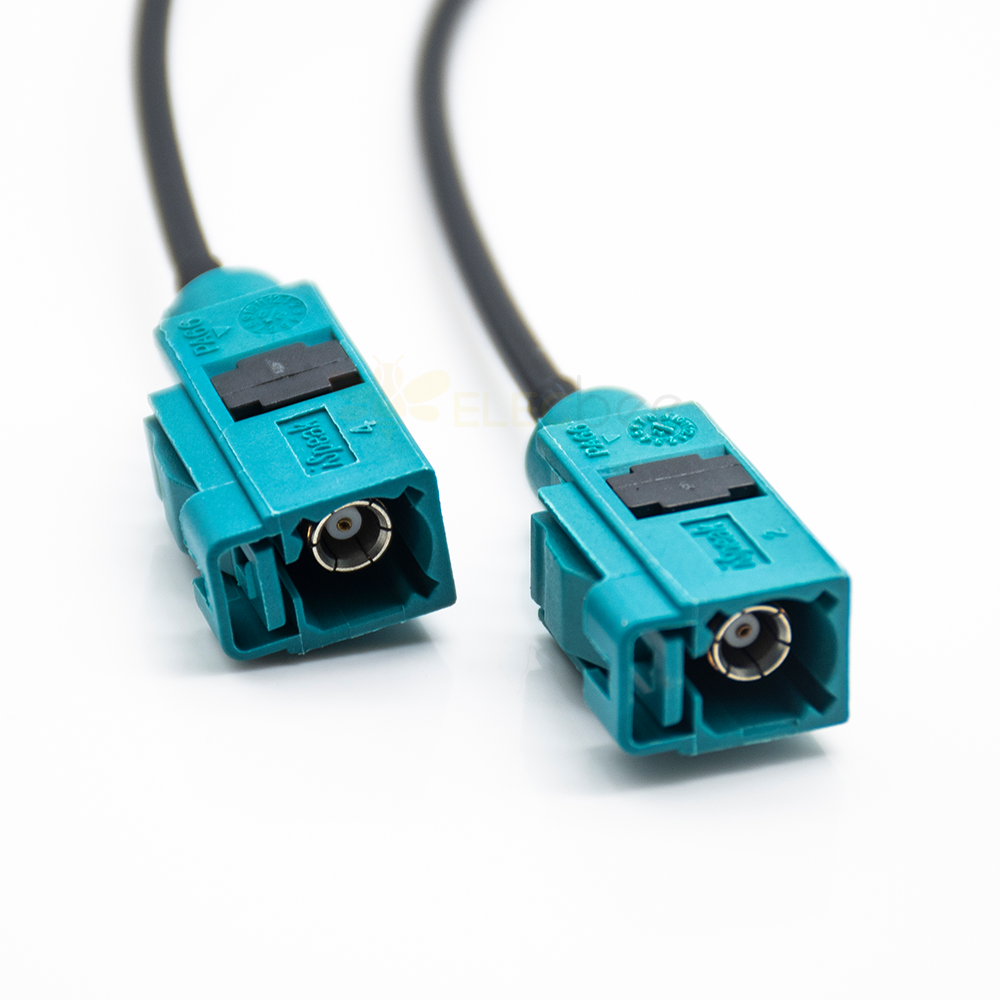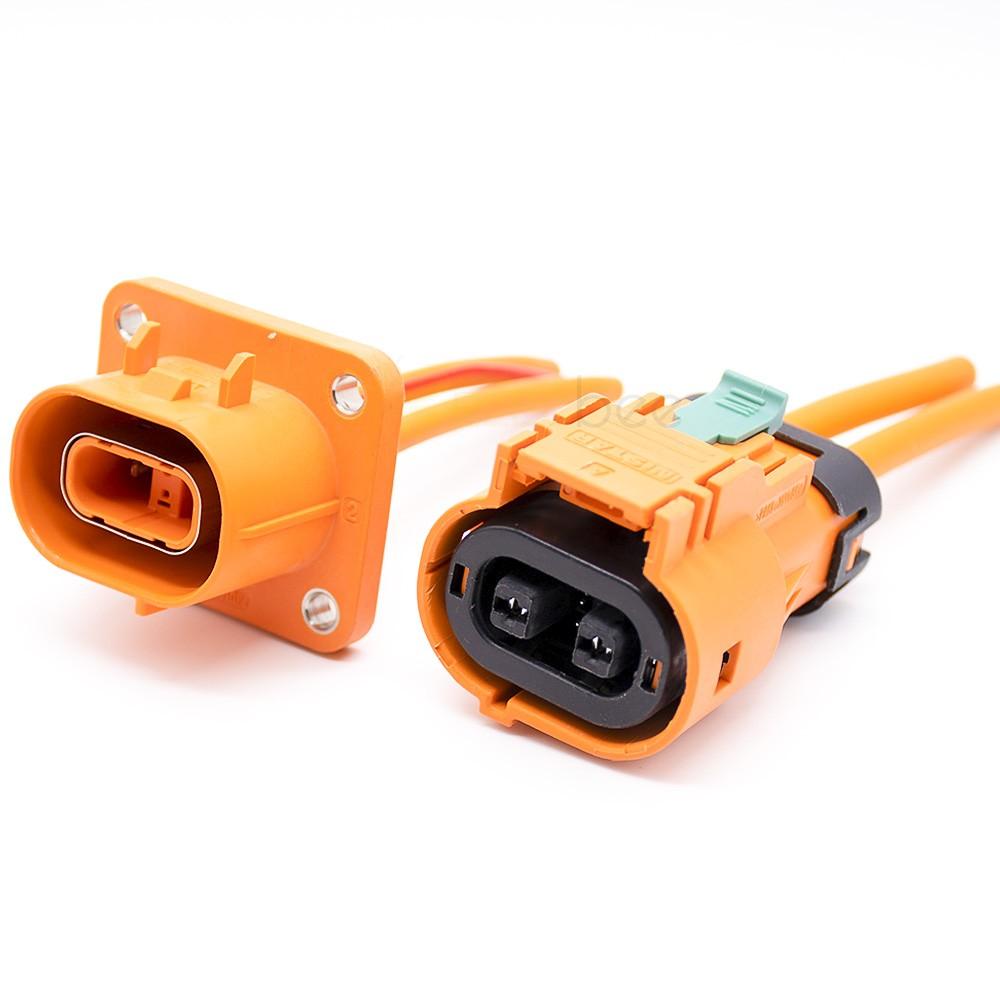Fakra connectors are used in the automotive industry for a variety of applications, including GPS antennas, satellite radios, and cellular systems. However, some people might wonder if they can also be used for power connections. In this article, we will explore the capabilities of Fakra connectors and their suitability for power connections.
What Are Fakra Connectors?
Fakra connectors are a type of RF connector that is commonly used in the automotive industry. They were developed by the German company Rosenberger Hochfrequenztechnik GmbH & Co. KG and are named after the town of Fakra in Baden-Württemberg, Germany. These connectors are known for their high-performance capabilities and ability to withstand harsh environmental conditions.
Fakra connectors come in a variety of colors, each of which corresponds to a specific frequency band. For example, blue connectors are typically used for GPS systems, while pink connectors are used for satellite radios. The connectors themselves are compact and lightweight, making them an ideal choice for automotive applications.

Can Fakra Connectors Be Used for Power Connections?
Fakra connectors are a popular choice for audio and data connections, but they are not optimized for power applications due to limitations in current rating, voltage rating, and contact design. Here are the main reasons why Fakra connectors should generally be avoided for power connections:
Current and Voltage Limitations
Fakra connectors have a relatively low current and voltage capacity. Most types have a maximum current rating of around 2 to 3 amps and a voltage rating of 50 to 100 volts. This restricts their use to only low-power applications:
- Current rating too low - Fakra connector current ratings are too low for applications requiring 5 amps or higher. Many common power devices need currents above 5 amps.
- Voltage rating too low - The voltage ratings of Fakra connectors are suitable for audio and data signals, but too low for higher voltage power applications above 100 volts.
Contact Terminal Design Issues
The contact terminals inside Fakra connectors are designed for low-current audio and data signals, not for carrying higher currents:
- Spring-loaded pins - Fakra connectors typically use spring-loaded pins and sockets as contacts that are not optimized to carry currents above 3 amps on a continuous basis.
- Lack of screw terminals - Power connections are best made with screw or bolt terminals that can make a more robust connection, which Fakra connectors lack.
Locking Mechanism and Size Limitations
Fakra connector small size and click-lock mechanism are also limiting factors for power connections:
- Click-lock failure - The click-lock mechanism can fail prematurely under stress from higher currents.
- Inadequate heat dissipation - Fakra connector small size means they cannot dissipate much heat from power currents, risking overheating.
Alternative Connectors for Power Applications:
If you need to make powerful connections in an automotive application, there are several alternative connectors that you can use. One popular choice is the HVIL connector, which is designed to handle higher currents and voltages than Fakra connectors. HVIL connectors are also available in a variety of sizes and configurations, making them suitable for a wide range of applications.

Conclusion:
In conclusion, Fakra connectors are not suitable for power connections. These connectors are designed for RF applications and have a low current-carrying capacity. Attempting to use Fakra connectors for power connections could result in damage to the connectors and the devices they are connected to. If you need to make powerful connections in an automotive application, there are several alternative connectors that you can use, such as the HVIL connector. These connectors are designed to handle higher currents and voltages and are more suitable for power applications.








